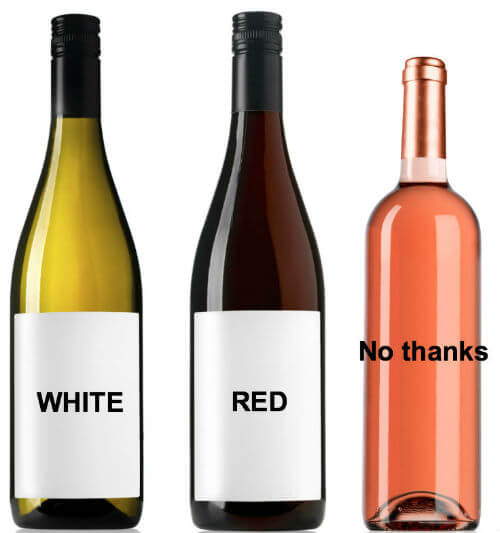If you’ve ever been through a website redesign (or a simple refresh), you know that while great design can attract visitors, compelling copy keeps them there.
Back in the day, all communications pros had to worry about was writing attention-grabbing, succinct, and valuable content.
Today though, another objective is changing the way we write: Search engine optimization.
We already understand the importance and basics of SEO, but when it comes to putting pen to paper, a challenge presents itself:
How do I incorporate all these keywords without sounding like a robot?
Answer: Long-Tail Keywords
If you’re unfamiliar with “long-tail,” it’s a more natural form of SEO that came about after the Google Hummingbird update. This is where you write phrases that match a conversation or query (e.g. “Where can I find cheap pizza in San Diego?”) so it ranks better than a generic one-word term.
Which is how I found my recent inspiration: Wine.
Wine bottles (and the people behind them) are pros at using long tail keywords.
Allow me to explain.
For the newbie (me), wine falls into two categories:
(Ok, that’s three.)
But there is much more to wine than just white and red.
Reds, for example, fall into many more subcategories: Pinots, Cabernets, Zinfandel, Syrah, etc. But it doesn’t stop there.
Serious wine connoisseurs may be searching for a specific region, year, flavor, or food pairing. This is when keywords get creative.
Here are some examples from a few of my own bottles:
- A sinewy, muscular red
- Dark cherry fruit components with a hint of earth tones
- Bold characters of black current and espresso
- A vein of smoky mineral underscores this sleek and mouthwatering white, with racy acidity enlivening the rich and layered flavors of macerated peach, lemon meringue, beeswax, and honeyed almond, which echo on the finish.
The last one may be a bit extreme, but are you getting the picture?
Long-tail keywords address specific needs of your target customers, meaning when you appear in a general web search, the user is already a step closer in the buying process.
“But Colorful Language Does Not Work for My Industry!”
True, the wine industry prides itself on very descriptive, often dramatic, explanations. But here are some ideas to help you find the right long-tail keywords:
- Location specific: This seems obvious, but if you service a specific region, say so!
- Customer specific: For B2B industries, some may serve specific verticals. For example, an executive search firm that only works with employers in construction.
- Product specific: Are you a “financial technology provider”? Or a “personal money management app”?
- Service specific: Be more specific when describing your service offerings. Instead of using “business consulting,” think of “leadership training for female entrepreneurs” or “succession planning for small businesses.”
Don’t Forget the Research
You’ve determined your list of long-tail keywords, but want to be 100 percent certain nothing is left behind? Similar to how pre-Hummingbird SEO research is conducted, use the Google Keywords Planner tool to search and build queries.
For example, searching for “diabetes prevention” will pull long-tail keywords such as “pre-diabetes diet,” “meals for diabetics,” “symptoms of juvenile diabetes,” and “treatment for high blood sugar.”
It’s always nice when there is perfect harmony between the creatives and the robots. Long-tail keywords writing allows marketers the opportunity to achieve that balance.
What are some of your long-tail keywords and SEO copy challenges?

